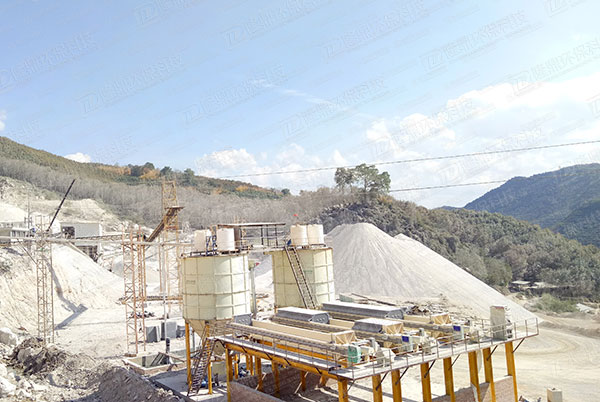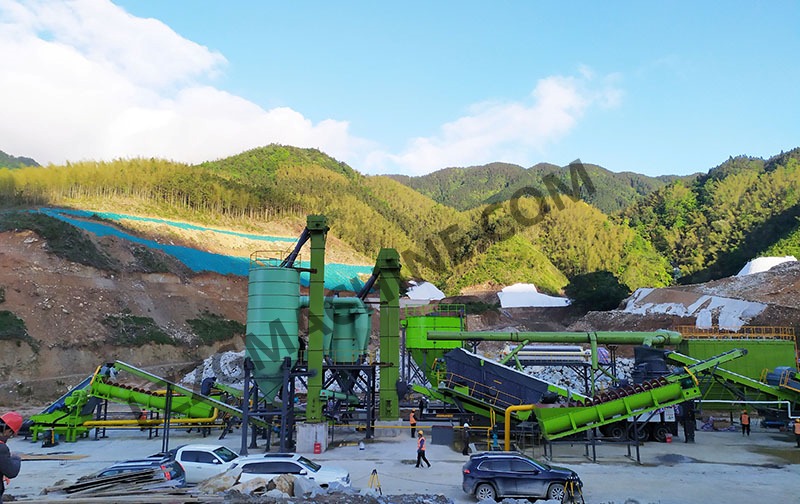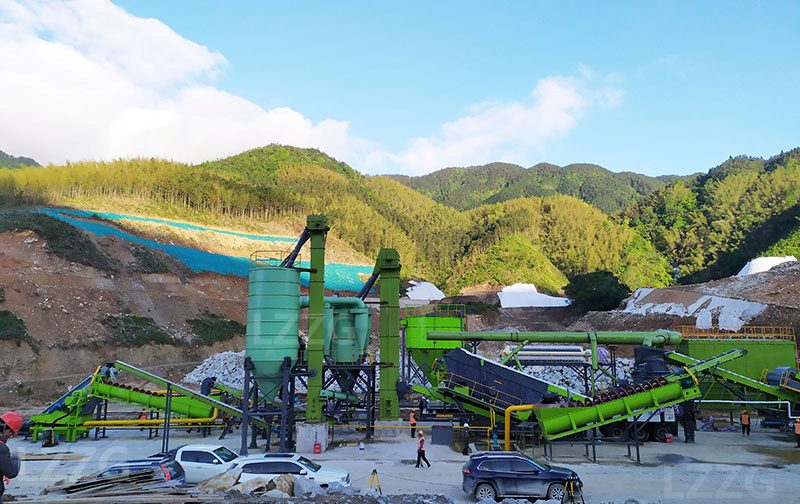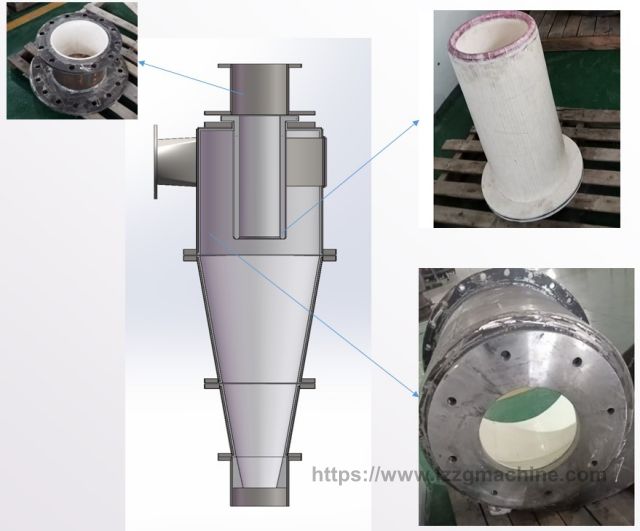Introduction to dolomite beneficiation process
 August.20,2024
August.20,2024
The mineral composition of dolomite ore is mainly dolomite, with a small amount of calcite, chalcedony, gypsum, hematite, clay and quartz. The average chemical composition of the ore is about MgO20.47%, SiO21.59%, acid insoluble matter 1.83%, phosphorus 0.06%.
Six products can be obtained by crushing and screening the ore.
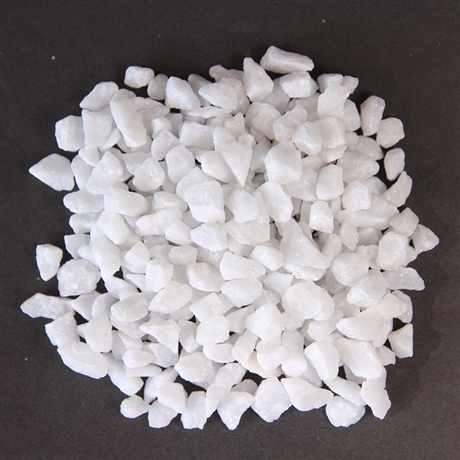
Among the above 6 products, 50-25mm and 10-30mm products are used as dolomite for smelting, and 0-5mm particle size dolomite is used for sintering. 40-80mm products are supplied to special users. Products of other particle sizes are used as building stones.
In addition to the common symbiotic minerals of dolomite and calcite, magnesite is also a common symbiotic mineral. In addition, there are impurities such as mica, quartz, talc, and iron-containing minerals, which must be separated at this time. At present, the commonly used mineral processing methods in the world are flotation and heavy medium separation.
An example of using heavy medium separation to sort dolomite is Kaiser Aluminum Chemical Company in California, USA. The company’s dolomite slag brick factory requires that the SiO2 content in the dolomite composition be less than 1.25% and the R2O3 be less than 1%. After heavy medium separation, the requirements are met.
When flotating dolomite ores associated with magnesite, mica, quartz, and glide, the following process can be used. First, cationic collectors, kerosene, and frothers are used to float out vein white such as mica, quartz, and talc. Secondly, iron or aluminum sulfate is used to inhibit dolomite, and then fatty acids are added as collectors to float magnesite, and dolomite is recovered as tailings. Or on the contrary, after floating the gangue, sodium silicate can be used for slurry adjustment, and cationic collectors can be used to float dolomite, and magnesite can be removed as tailings.


